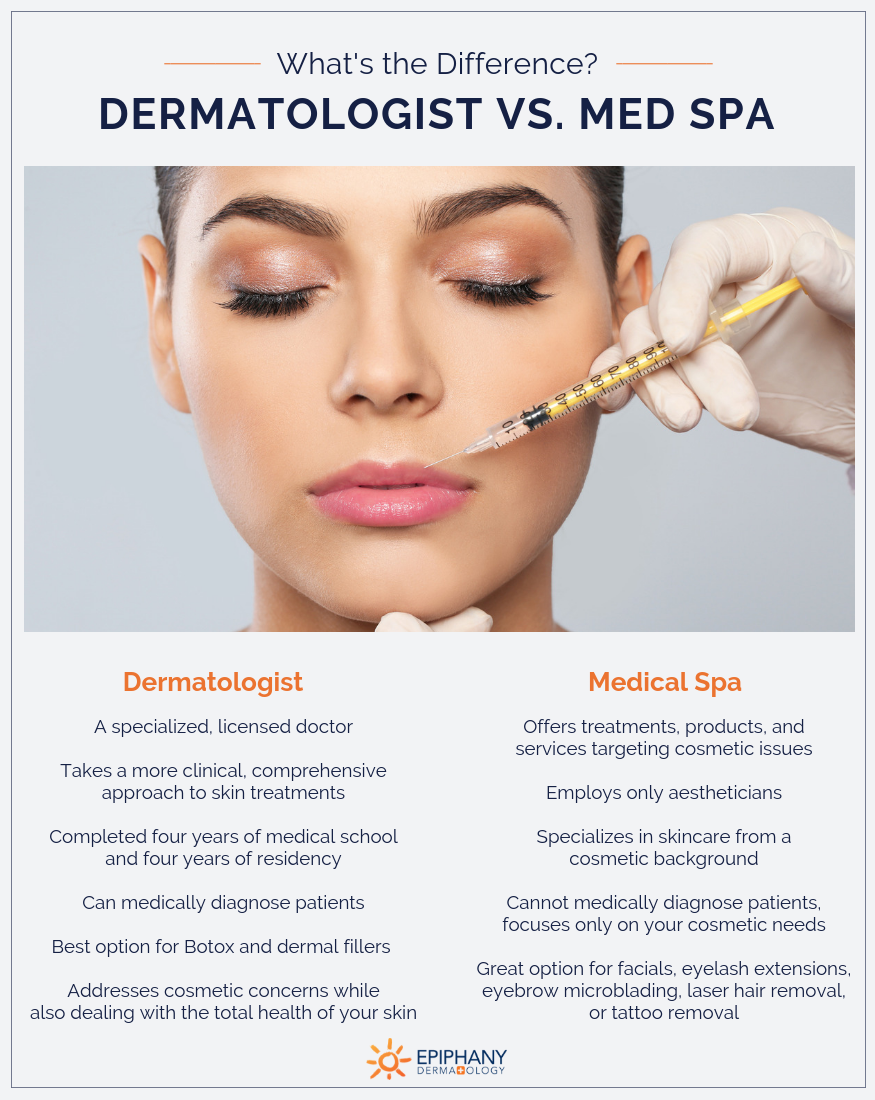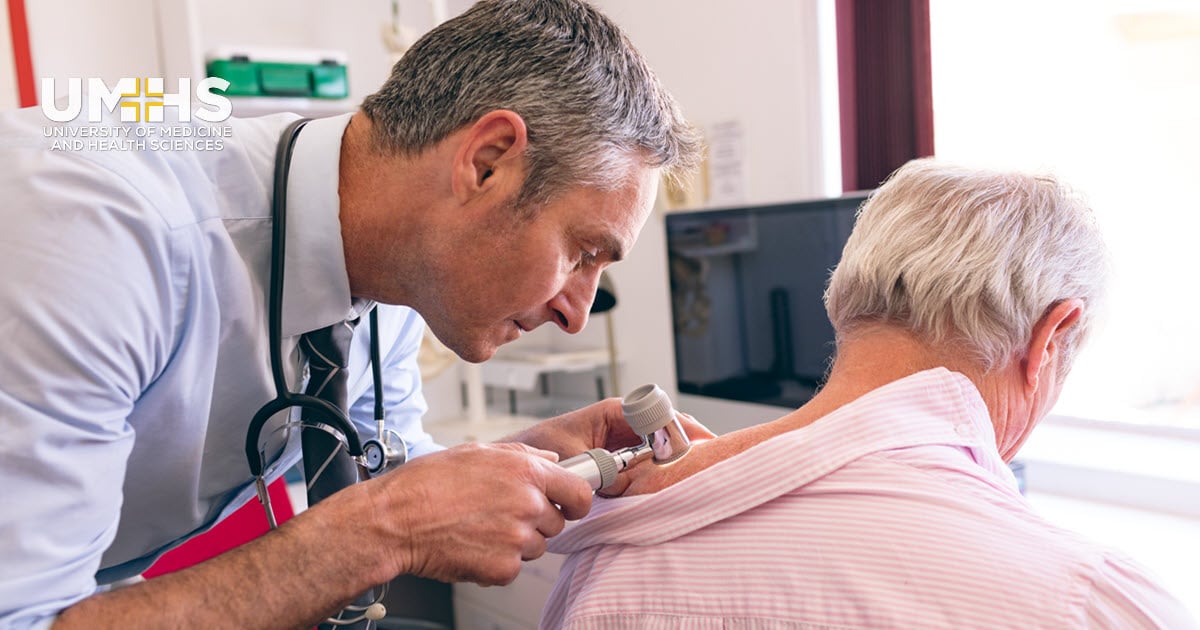Consult a professional about skin cancer risks and prevention methods.
Consult a professional about skin cancer risks and prevention methods.
Blog Article
Navigating Skin Cancer Cells Therapy: The Vital Function of Mohs in Modern Dermatology Practices
Skin cancer, a difficult diagnosis, frequently leaves patients facing many treatment options. Among these, Mohs surgical procedure stands as a beacon in modern dermatology, renowned for its meticulous strategy to cancer removal and conservation of surrounding healthy cells. This innovative technique guarantees not only superior cosmetic end results yet likewise provides immediate outcomes, reducing client stress and anxiety. As we discover the ins and outs of this procedure, one will value its critical duty in skin cancer therapy.
Comprehending Skin Cancer Cells: Types and Risks
There are 3 primary types of skin cancer: Basal cell carcinoma, Squamous cell carcinoma, and Melanoma. It accounts for only regarding 1% of skin cancer cases yet creates the vast majority of skin cancer cells deaths. Risk factors include reasonable skin, history of sunburn, extreme sun direct exposure, living at high elevations or shut to the equator, having several moles, a family members background of skin cancer, and weakened immune system.
What Is Mohs Surgery and How It's Transforming Skin Cancer Treatment
Despite the numerous treatments currently offered for skin cancer, Mohs surgical procedure stands out as a groundbreaking and highly reliable solution. Called after Frederic E. Mohs, the doctor that developed the procedure, Mohs surgical treatment is a precise surgical method made use of to deal with skin cancer. This level of accuracy, incorporated with the capability to save as much healthy cells as possible, is reinventing skin cancer therapy.
The Advantages of Mohs Surgery Over Traditional Skin Cancer Therapies
Building on the ingenious nature of Mohs surgical procedure, it's important to consider its various benefits over conventional skin cancer cells therapies. Unlike basic procedures, Mohs supplies a higher treatment rate, often getting to 99% for novice therapies and from this source 94% that site for recurrent cancers. In addition, it minimizes damages to healthy and balanced skin, leading to much less scarring and boosted aesthetic results.
The Treatment of Mohs Surgical Procedure: What to Expect Throughout the Process

Prospective Side Impacts and Post-Operative Care of Mohs Surgery
Going through Mohs surgical treatment, like any type of various other surgical procedure, involves potential side results that people need to be conscious of. Typical side effects include pain, wounding, and swelling at the surgical treatment site. In some cases, added therapies may be required to guarantee complete elimination of the malignant cells.
Conclusion

Report this page